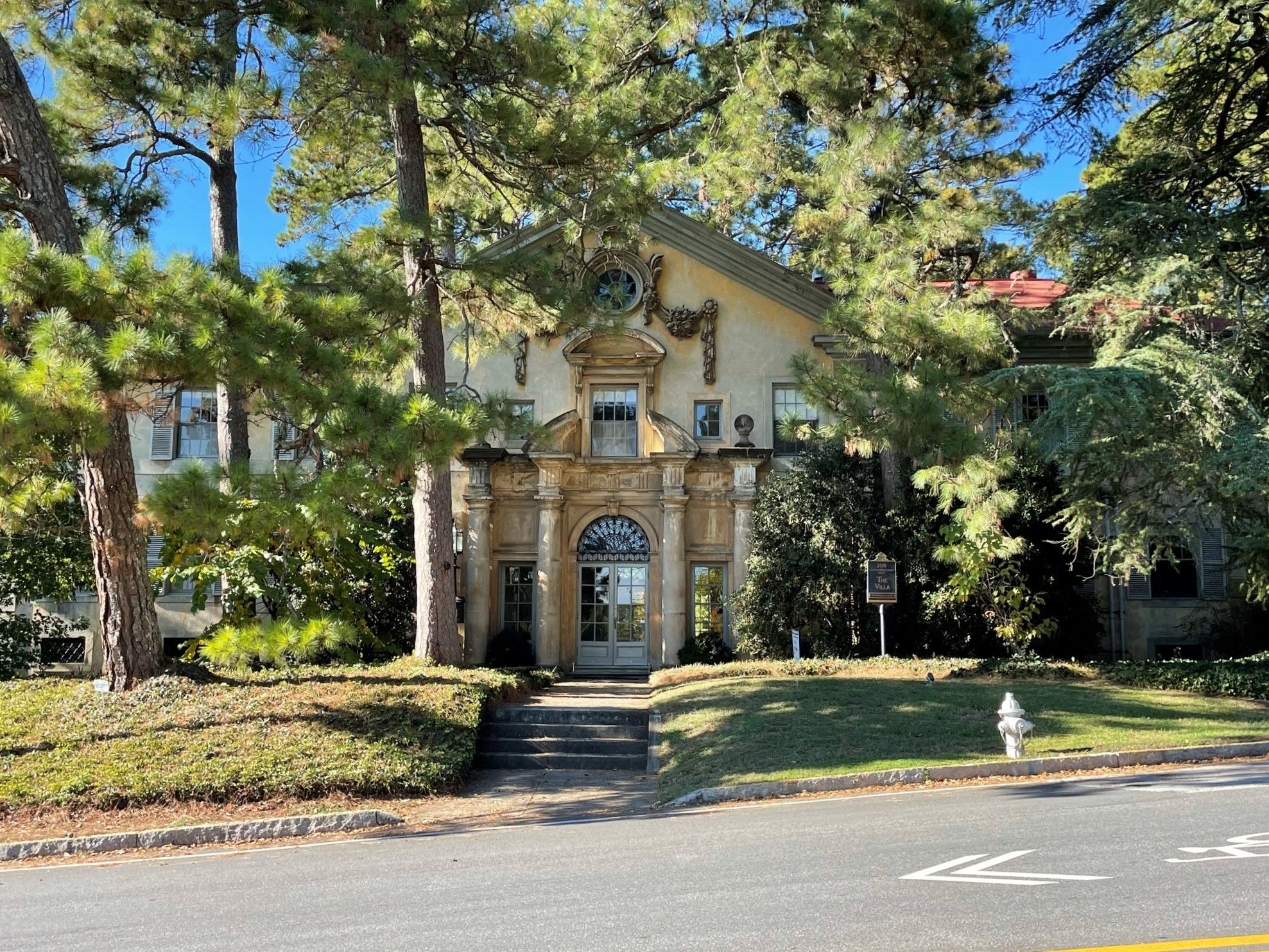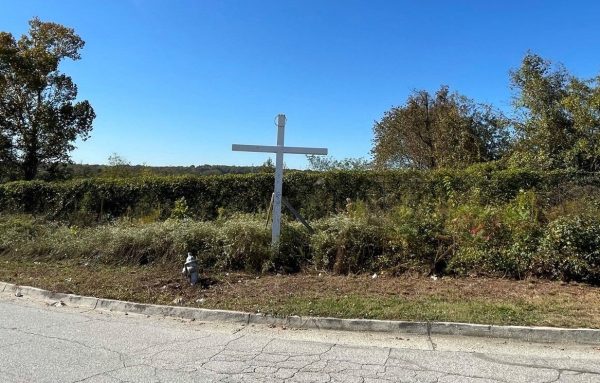Two Atlanta sites land on historic preservation group’s annual Places in Peril list

Ansley Park, a north Atlanta suburb dating back to 1904, was named in the Georgia Trust for Historic Preservation’s 2022 Places in Peril list.
Courtesy The Georgia Trust of Historic Preservation
Two locations in Fulton County are among 10 sites listed on the Georgia Trust for Historic Preservation’s 2022 Places in Peril list.
The list highlights places the Trust says are in need of restoration or preservation.
Ansley Park and the Chattahoochee Brick Company, both located in Atlanta, landed on the list. The Places in Peril program was designed to raise public awareness about Georgia’s historic and cultural resources that “are threatened by demolition, neglect, lack of maintenance, inappropriate development or insensitive public policy”, according to the Georgia Trust for Historic Preservation.
Both Atlanta sites have longstanding ties to the communities they reside in, according to Mark McDonald, president and CEO of the Trust.
Ansley Park, first developed in 1904 by Edwin P. Ansley, is a nationally-registered historic district north of the city that is home to houses designed by architects including Neel Reid, Philip Trammell Shutze and P. Thornton Mayre, the Trust said in a statement.
The neighborhood is not protected under a Local Historic District city ordinance, which has resulted in the demolition of homes within the community over the last decade, according to the Trust.
“It’s a great neighborhood and still very popular in the city, which is causing people to come in and build these large homes,” said McDonald. “However, without a city ordinance marking this district as historic, this neighborhood is at real risk of losing its register and historic culture.”
Through the program, the Trust will continue to work towards educating residents of Ansley Park about the benefits of becoming a historic district and the importance of historic preservation, according to McDonald.
“We’ve already done presentations with the residents about the benefits of becoming a historic district and we plan to continue to do so,” said McDonald. “We hope that an ordinance will come down from the City of Atlanta that formally names Ansley Park a local historic district.”
While the Trust hopes to save some of the positive historical context left in Ansley Park, the organization is also hoping that naming the second Fulton County site on the list will allow for dialogue and healing for those still affected by its dark past.
The Chattahoochee Brick Company, which was owned by former Atlanta Mayor James English, relied on forced convict labor, mostly Black men, to churn out millions of bricks in the late-19th and early-20th centuries.
The site is now a vacant lot.

The site is a unique pick for the Trust but it deserves saving for its role in Atlanta’s history even if that history isn’t positive, according to McDonald.
“We wanted to recognize this place because it’s more than just a site of a brick company,” McDonald said. “So many men perished at this site and we hope, later down the line, that, through preservation, we can continue to hold conversations about this moment in history and, even, hold those responsible accountable for their actions.”
In February, Atlanta Mayor Keisha Lance Bottoms filed a petition with the Federal Surface Transportation to stop industrial development by Norfolk Southern after local community and environmental groups voiced opposition.
The plans for a rail terminal were eventually canceled by the Norfolk, Virginia-based corporation, which is in the process of moving its headquarters to Atlanta.
The Trust stated in the release that through its program, the goal is to “generate healing, foster dialogue and lead to an understanding of a difficult chapter in Atlanta’s history” for the brick company’s former site.
The Trust hopes to bring people together to find a common ground on what the future holds for the site, according to McDonald.
“At the very least, the goal is to get a historical marker at the site — if there is not one there already — and other visible recognition of the brick company for the area,” said McDonald.
Other sites on the list include: Georgia Fairgrounds in Meriwether County, Georgia B. Williams Nursing Home in Mitchell County, Good Shepherd Episcopal School in Glynn County, Imperial Hotel in Thomas County, Red Hill Cemetery in Baldwin County, Red Oak Creek Covered Bridge in Meriwether County, Thicket Ruins in McIntosh County and West Broad Street School in Clarke County.
Christopher Alston contributed to this report.








